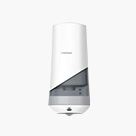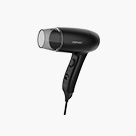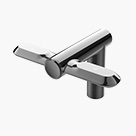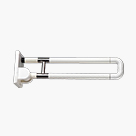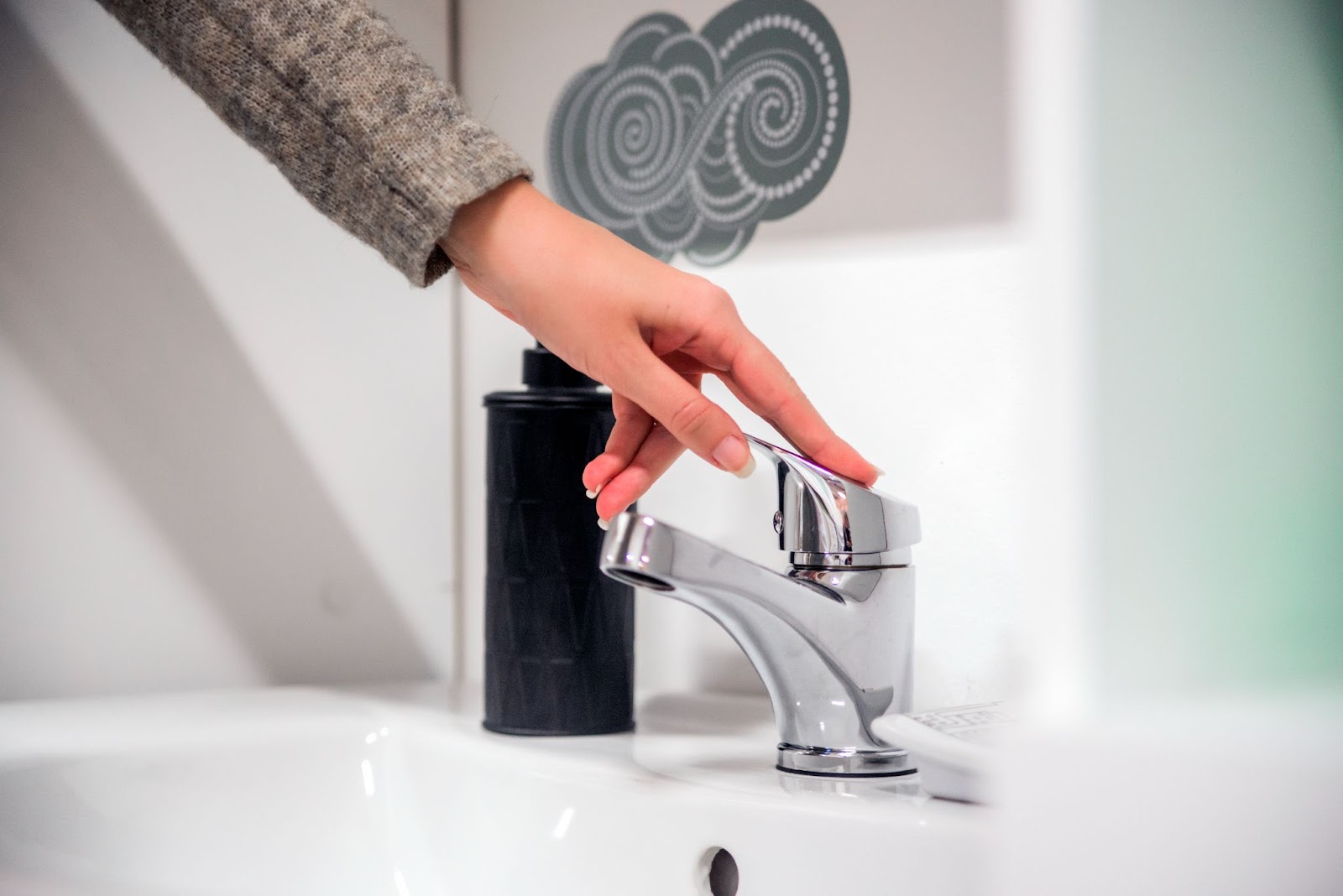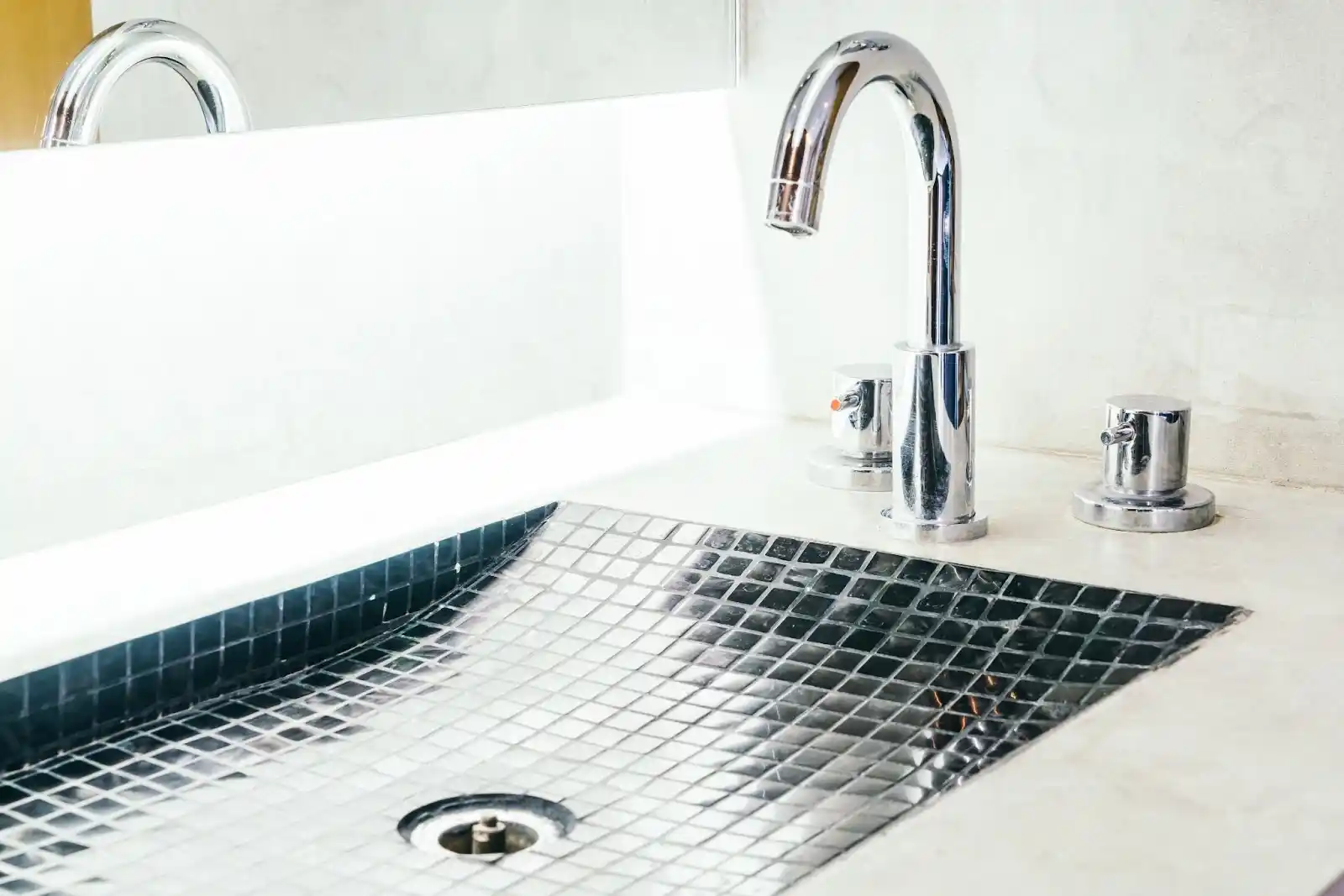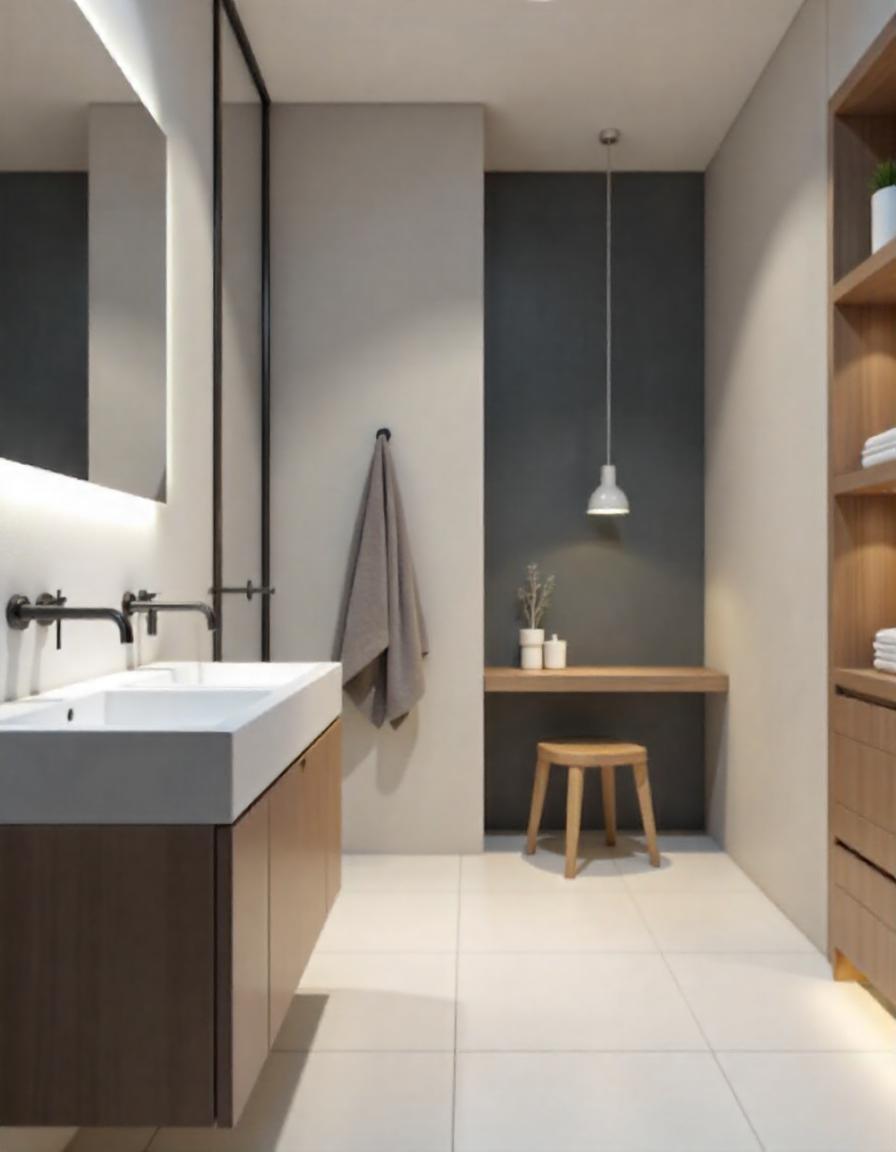
Robinets à capteur ou robinets sans contactUtilisent une technologie de détection de mouvement pour activer automatiquement le débit d'eau. Ces robinets améliorent l'hygiène, réduisent le gaspillage d'eau et offrent un confort mains libres, ce qui les rend parfaits pour les maisons, les espaces commerciaux et les lieux publics.
Cet article explorera comment robinets à capteur Le travail, les types disponibles et leurs principaux avantages. Que ce soit pour rénover votre salle de bain ou améliorer l'efficacité de votre cuisine, ce guide vous aidera à prendre une décision éclairée.
Comment fonctionnent les robinets à capteur ?
Principes clés des robinets à capteur
Contrairement aux robinets traditionnels qui nécessitent une commande manuelle, les robinets à capteur fonctionnent grâce à la technologie infrarouge ou à la détection de mouvement. Voici leur fonctionnement :
- Capteurs de proximité – Ces capteurs détectent le mouvement ou la chaleur des mains, déclenchant ainsi le débit d'eau sans contact physique.
- Électrovanne – Lorsqu'elle est activée par le capteur, cette vanne contrôle le débit d'eau, garantissant une réponse rapide et une utilisation efficace.
- Arrêt automatique – Une fois les mains retirées, le robinet s’arrête automatiquement de couler, évitant ainsi le gaspillage d’eau.
- Contrôle de la température – De nombreux robinets à capteur permettent aux utilisateurs de prérégler la température de l'eau, éliminant ainsi le besoin de réglage manuel.
Types de robinets à capteur
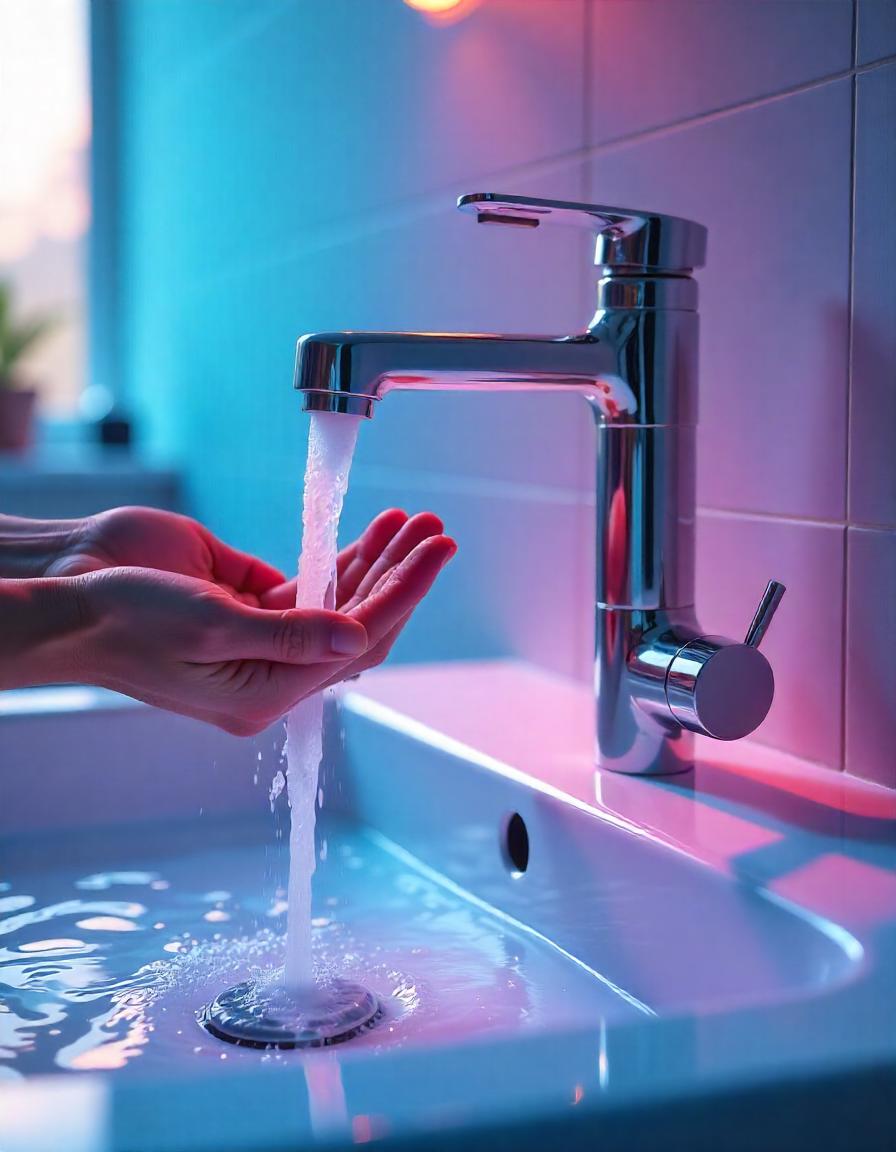
Les robinets à capteur existent en différents styles, chacun adapté à des situations spécifiques. Découvrons les types les plus courants :
1. Robinets de salle de bain à capteur
Conçus pour les salles de bains résidentielles et commerciales, ces robinets améliorent l'hygiène en éliminant le contact direct avec les poignées. Fréquemment présents dans les hôpitaux, les immeubles de bureaux et les centres commerciaux, ils contribuent à réduire la propagation des bactéries et des virus. Pour une expérience complète toilettes sans contact expérience, de nombreuses installations intègrent également sèche-mains modernes, qui ont considérablement évolué pour améliorer l’efficacité et l’hygiène.
2. Robinets de cuisine à capteur
Idéals pour les cuisines et les zones de préparation des aliments, ces robinets préviennent la contamination croisée en permettant un lavage sans contact. De nombreux modèles sont dotés d'un réglage de la pression et de la température de l'eau, ce qui les rend pratiques pour cuisiner, nettoyer et rincer.
3. Robinets à capteur commerciaux
Conçus pour les zones à forte fréquentation comme les hôtels, les aéroports et les restaurants, ces robinets présentent des finitions en acier inoxydable durables et une meilleure efficacité hydrique. Certains modèles intègrent des capteurs programmables pour ajuster le débit d'eau en fonction des habitudes de consommation, permettant ainsi aux entreprises de réaliser des économies sur leurs factures d'eau.
4. Robinets à capteur muraux
Ces robinets libèrent de l'espace sur le plan de travail, ce qui les rend parfaits pour les hôtels de luxe, les hôpitaux et les salles de bains modernes et minimalistes. Leur design épuré ajoute une touche d'élégance tout en permettant une utilisation mains libres.
5. Robinets à capteur montés sur le pont
Installés directement sur les plans de travail ou les éviers, les robinets à capteur sur plage allient esthétique moderne et simplicité d'installation. Largement utilisés dans les maisons et les toilettes publiques, ils offrent une régulation automatique du débit et de la température de l'eau. Pour plus de confort et d'hygiène, de nombreux utilisateurs associent ces robinets à distributeurs de savon automatiques, qui sont disponibles dans différents modèles pour répondre à différents besoins.
6. Robinets à capteur alimentés par batterie
Ces robinets fonctionnent avec des piles remplaçables ou rechargeables, ce qui facilite leur installation dans les zones sans accès à l'électricité. Leur autonomie est généralement de 6 à 12 mois par charge et ils sont parfaits pour un usage résidentiel et commercial à petite échelle.
7. Robinets à capteur alimentés en courant alternatif
Les robinets à capteur alimentés sur secteur sont conçus pour une utilisation intensive et garantissent un fonctionnement continu sans remplacement de batterie. Ils sont particulièrement adaptés aux aéroports, aux hôpitaux et aux grands immeubles de bureaux où la fiabilité est essentielle. De nombreux modèles intègrent des modes d'économie d'énergie pour optimiser la consommation.
Avantages des robinets à capteur
Pourquoi envisager d'adopter un robinet à capteur ? Voici les principaux avantages :
- Hygiène améliorée – Réduit la propagation des germes en éliminant le besoin de toucher le robinet.
- Conservation de l'eau – L'arrêt automatique empêche le gaspillage d'eau, permettant d'économiser jusqu'à 70% d'eau de plus par rapport aux robinets manuels.
- Commodité - Le fonctionnement mains libres est parfait pour le multitâche, en particulier dans la cuisine.
- Durabilité et faible entretien – Conçu pour une utilisation à long terme avec moins de pannes mécaniques.
- Design moderne et élégant – Améliore l'esthétique de n'importe quel espace grâce à une technologie élégante et sans contact.
FAQ sur les robinets à capteur
- Les robinets à capteur sont-ils difficiles à installer ?
Non. La plupart des robinets à capteur alimentés par batterie sont faciles à installer avec des outils simples. Les modèles alimentés par secteur peuvent nécessiter une installation électrique professionnelle.
- Les robinets à capteur fonctionnent-ils avec tous les éviers ?
Oui, mais vérifiez les dimensions du robinet pour vous assurer de la compatibilité avec votre type d’évier (sur plan, mural ou sur pont).
- Comment sont alimentés les robinets à capteur ?
Ils fonctionnent soit avec une pile (AA/AAA ou lithium), soit avec une source d'alimentation secteur, selon le modèle.
- Puis-je régler la température de l'eau ?
Oui, de nombreux modèles incluent des réglages de contrôle de la température selon les préférences de l'utilisateur.
- Comment entretenir un robinet à capteur ?
Nettoyez régulièrement le capteur pour éliminer la saleté et les débris. Remplacez les piles au besoin pour un fonctionnement ininterrompu. Certains modèles sont équipés de filtres autonettoyants pour éviter tout colmatage.
Réflexions finales
Les robinets à capteur ne sont pas seulement un luxe : ils sont indispensables dans notre monde actuel, soucieux de l'hygiène. Que ce soit pour un usage domestique ou professionnel, ces robinets intelligents améliorent la propreté, économisent l'eau et offrent un confort inégalé.
Si vous recherchez des robinets à capteur de haute qualité, durables et élégants, explorez notre collection sur Interhasa—votre fournisseur de confiance de solutions d’hygiène innovantes.
Ressources et références
- Rapport de l'EPA sur la conservation de l'eau – https://www.epa.gov/watersense
- Directives du CDC sur l'hygiène des mains – https://www.cdc.gov/handhygiene







